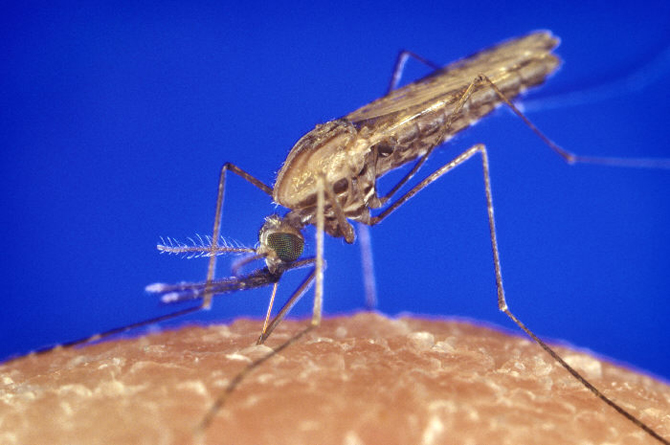Nobel highlights underfunded fight against malaria
Millions suffer from malaria, but relatively little is done to develop effective medications. That's why this year's Nobel Prize in Medicine is so encouraging, says KTH Professor Peter Nilsson.

Peter Nilsson, who developed a new technique for blood analysis of malaria sufferers, says it is "very, very positive" that the medicine prize this year goes to the Chinese scientist, Tu Youyou, who discovered the malaria drug, Artemisinin.
Youyou's prize highlights the magnitude of the Chinese researcher's efforts, while reflecting the conditions for producing drugs for the kind of diseases that hit poor countries hardest, he says.
"Generally, there is little funding in malaria research," Nilsson says. The problem is the pharmaceutical industry can't earn a profit when the cost of medicine must be low enough to reach the target group affected by the disease, he says.

"Her actions prove that it is possible to develop effective medications without huge financial resources from the pharmaceutical industry," he says. "That's exciting to see."
Nilsson operates a research project to identify patients at risk of cerebral malaria , which is the more severe form of the disease. The group's work promises to fill a gap in the treatment of malaria, since there currently is no way to tell whether an infected patient has the more lethal variant of malaria until it's too late.
Through analysis of blood samples from sick children, his team identified proteins that could indicate whether a malaria infection develops into a fatal disease.
The biomarkers will make it possible to provide medicine in good time, and thus save lives. Today sick children are often sent home early, before more serious symptoms made themselves known.
"With our analysis method, you can identify those who are at risk of developing severe malaria and be able to give them the right treatment in time," he says. The study has an impact factor of 8.14.
How do you see the possibility to improve the medical treatment further?
"Those stricken with malaria are a heterogeneous group. Some become seriously ill, and others don't. Some prove to be resistant. You need to understand better the group affected, and why malaria occurs in various degrees, in order to apply the right medicine."
In his own research, Nilsson and his team have begun analyzing more samples from children with malaria in Central and West Africa. If further tests show that the results are correct, and there is access to a simple method for blood analysis, then the method can start to be used in African health care, he says.
Christer Gummeson
Read more about Peter Nilsson's research
For more information, contact Peter Nilsson at 08-52 48 14 18 or peter.nilsson@scilifelab.se
